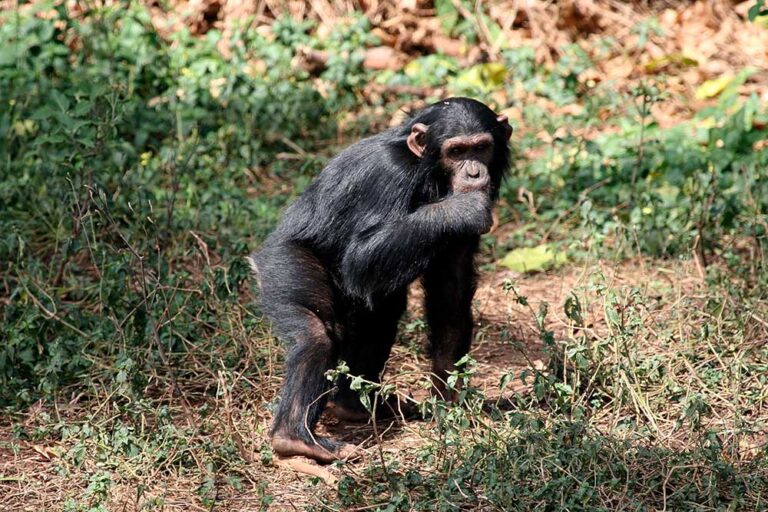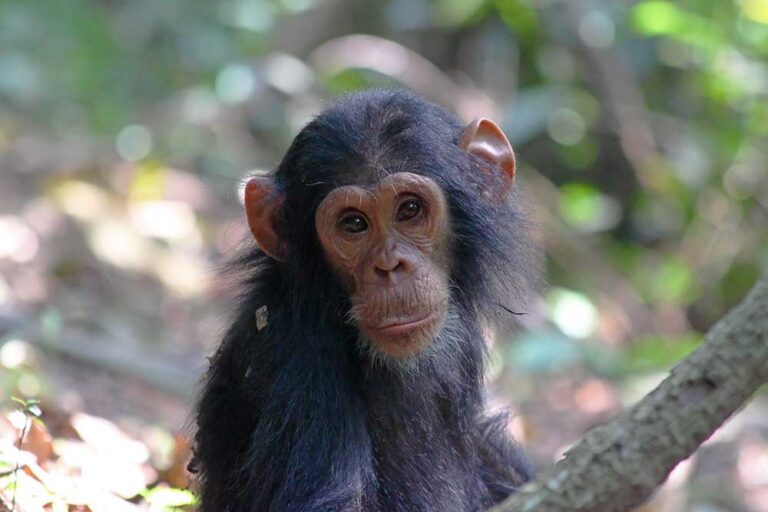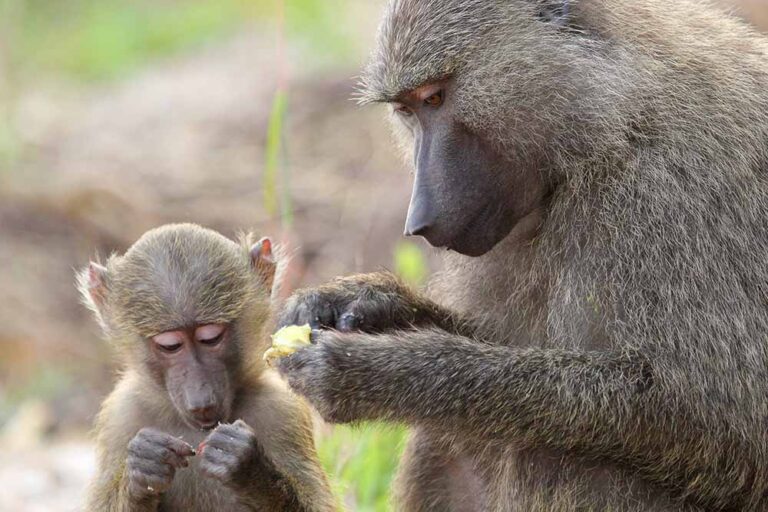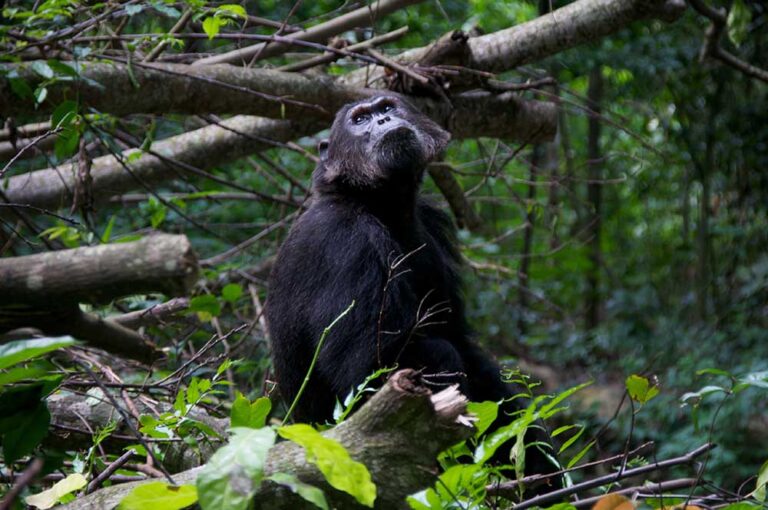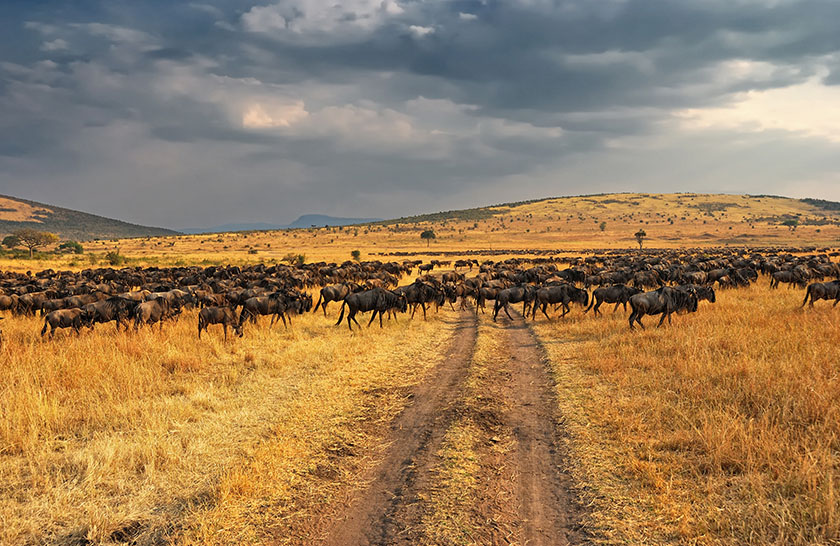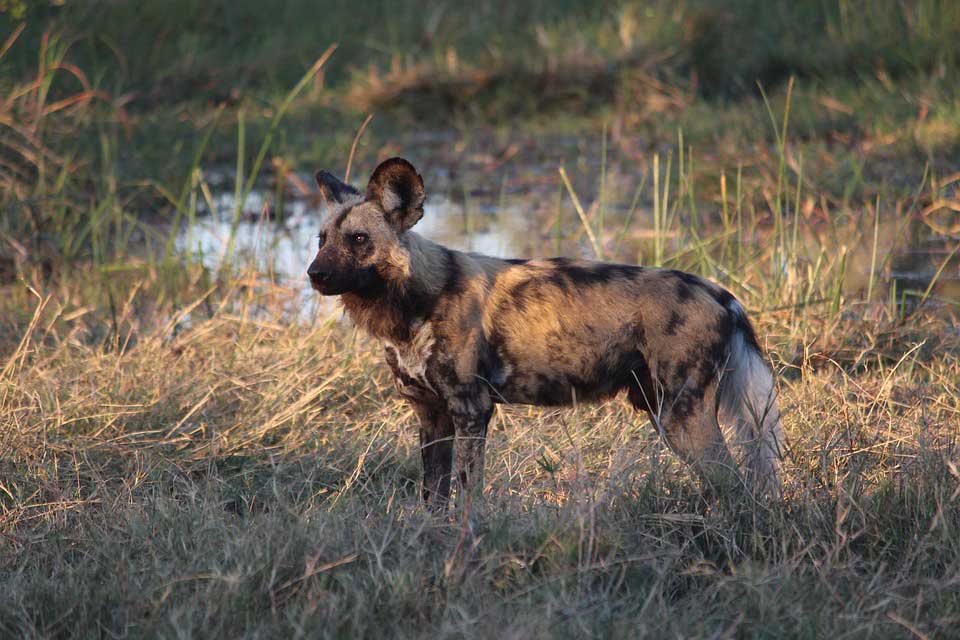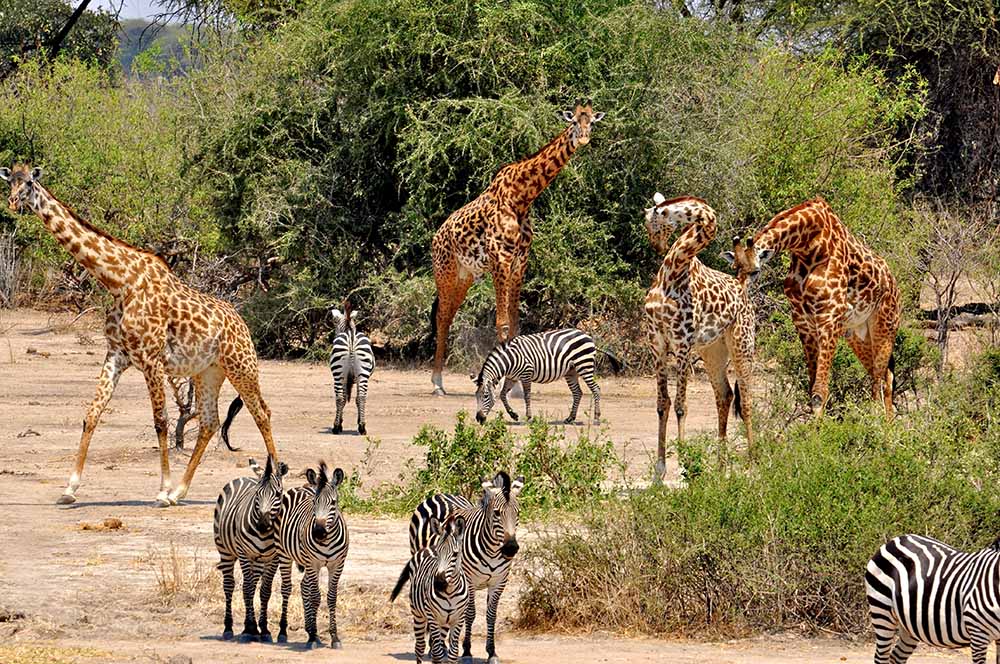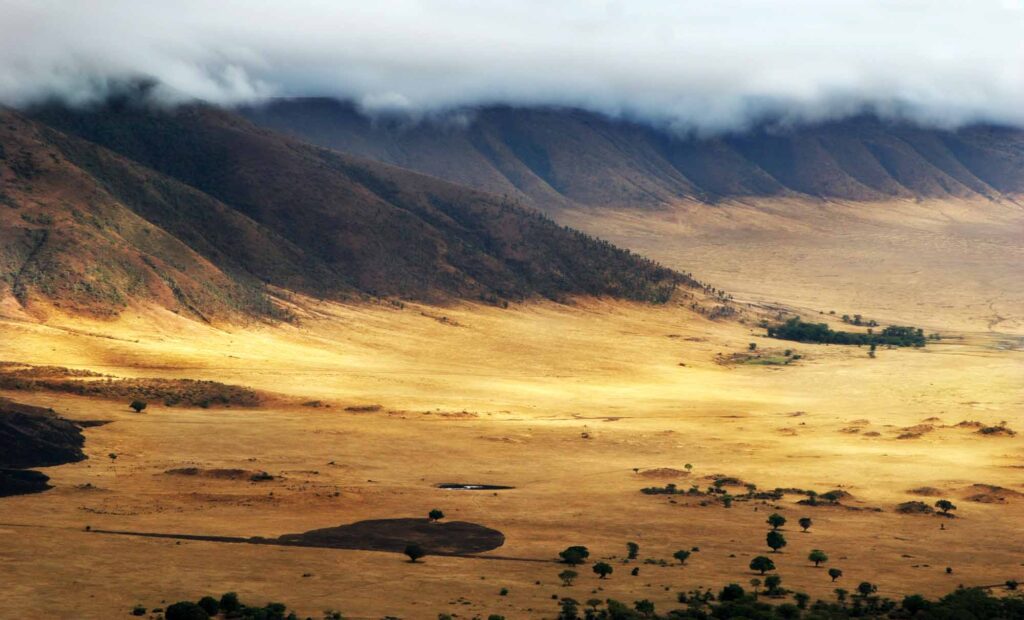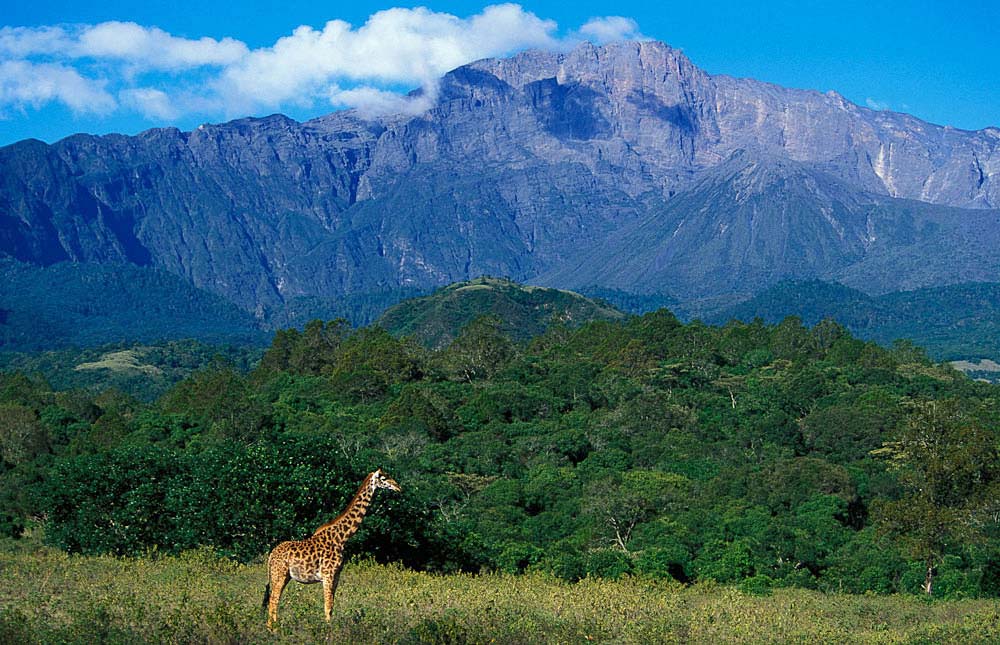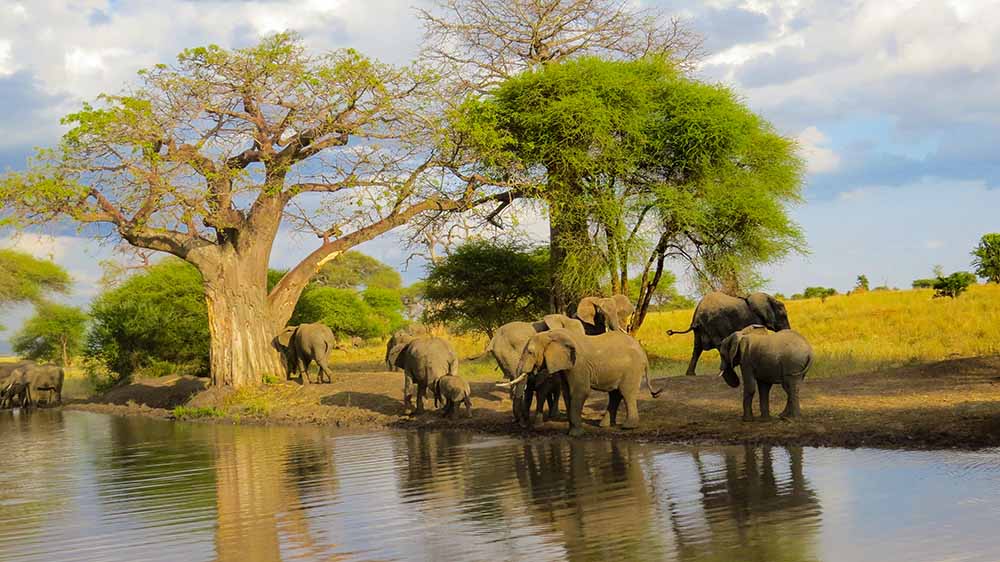Gombe Stream National Park
Overview
Nestled along the forested slopes on the eastern shore of Lake Tanganyika, Gombe Stream National Park is one of Tanzania’s most intimate and unique safari destinations. Though it is the smallest of Tanzania’s national parks—covering just 52 square kilometers—it holds an extraordinary place in the world of conservation. Gombe is world-renowned as the site where Dr. Jane Goodall began her groundbreaking research on wild chimpanzees in 1960, a legacy that continues to inspire scientists and travelers to this day.
This lush, mountainous park offers visitors a chance to trek through dense tropical forest in search of habituated chimpanzees—a rare and deeply moving wildlife encounter. But Gombe is not just about chimps. It’s also home to olive baboons, red colobus monkeys, forest birds, and dramatic views over crystal-clear Lake Tanganyika, the second-deepest freshwater lake on Earth. The park’s remote location and limited access ensure an experience that feels entirely off the beaten path, where nature is raw, quiet, and intensely personal.
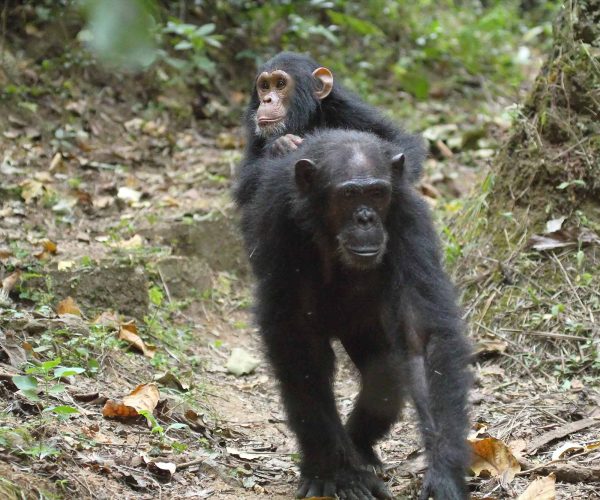
Park Highlights
Chimpanzee tracking: Walk in the footsteps of Jane Goodall and observe wild chimpanzees in their natural forest habitat.
Pristine tropical forest: Gombe’s dense greenery offers a stark contrast to Tanzania’s open savannahs, filled with rich biodiversity.
Lake Tanganyika: Enjoy swimming or snorkeling in one of the clearest and deepest lakes in the world, just steps from the forest.
Primates galore: In addition to chimps, Gombe hosts olive baboons, red-tailed monkeys, vervet monkeys, and red colobus monkeys.
Birdwatching: Over 200 bird species, including fish eagles, trumpeter hornbills, and Peter’s twinspots.
Historical importance: Visit the Jane Goodall Research Center and learn about one of the most important conservation stories of our time.
Activities in Gombe Stream
- Chimpanzee trekking: The main attraction, led by experienced guides, involves hiking through forested terrain in search of chimp families.
- Walking safaris: Experience the bush on foot with an armed ranger and skilled guide—perfect for tracking and photography.
- Birdwatching: Especially rewarding from November to April when migratory birds join the resident population.
- Fly-camping: Sleep under the stars in lightweight tents set deep in the bush—an adventure few places in Africa still offer.
- Photographic safaris: With low tourist traffic and raw encounters, Katavi is a paradise for wildlife and landscape photographers.
Best Time to Visit
Gombe is accessible year-round, but the experience differs by season:
July to October (Dry Season): The best time for chimpanzee trekking. Trails are dry and chimps are easier to locate due to thinner vegetation.
November to April (Green Season): The forest is lush and beautiful, birdlife is more active, but hiking can be more challenging with muddy trails.
May to June: Transitional months with fewer crowds, moderate weather, and good chances of wildlife encounters.
Note: Gombe can only be reached by boat from Kigoma, adding a touch of adventure to the journey and further preserving its peaceful, uncrowded atmosphere.


